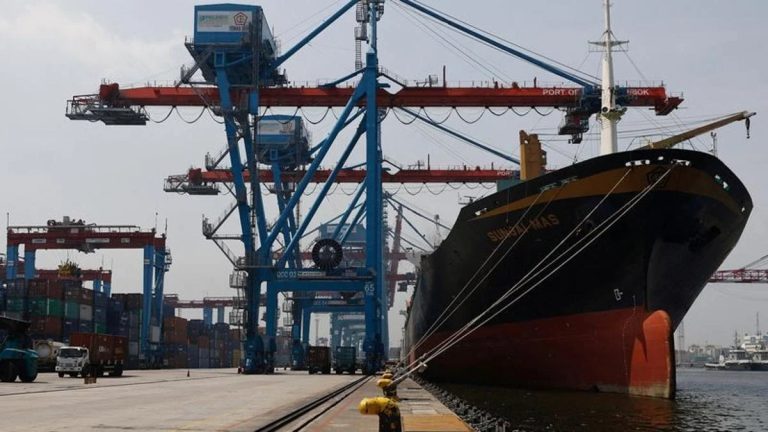🎧 Listen to This Article
As part of its efforts to defuse escalating trade tensions with the United States, Indonesia has announced plans to significantly increase imports from the U.S. while scaling back purchases from other countries. The decision, unveiled by Indonesia’s chief economic minister Airlangga Hartarto during a visit to Washington, reflects Jakarta’s strategic attempt to eliminate its trade surplus with the U.S. and avoid a threatened 32% tariff on its exports.
Airlangga, speaking alongside senior Indonesian officials, indicated that Indonesia could boost imports from the U.S. by as much as $19 billion, including $10 billion in energy imports. The aim is to rebalance trade in Washington’s favor, addressing the concerns of the Trump administration, which has paused the proposed tariff hike for 90 days pending further negotiations.
“We will support the government’s decision, as long as market prices and competitiveness are aligned,” said Ratna Sari Lopis, executive director of the Indonesian Wheat Flour Producers Association. That conditional support highlights one of the key risks Jakarta faces: shifting suppliers in a way that maintains domestic price stability and industrial competitiveness.
Indonesia’s move may prove particularly consequential for countries like Australia, Ukraine, and Canada, which currently dominate Indonesia’s wheat import portfolio. In 2024, Australia accounted for 40% of Indonesia’s wheat imports, followed by Ukraine (26%) and Canada (16%), while the U.S. held a mere 4% share.
The change won’t be as dramatic for soybeans, where the U.S. already supplied nearly 89% of Indonesia’s soybean imports in 2024. However, Jakarta’s plan still includes an uptick in soybean and soybean meal purchases, along with capital goods and American agricultural products more broadly
The Indonesian delegation is in Washington as part of a broader effort to avoid punitive tariffs, especially the 32% rate targeting Indonesian exports. This trade dispute mirrors recent U.S. efforts to recalibrate trade relationships seen as unfairly favoring partner nations. Similar discussions have taken place with India, Vietnam, and Thailand under the current administration.
“Indonesia will also facilitate American companies already operating in Indonesia, related to permits and incentives,” Airlangga added, signaling broader concessions beyond trade statistics. The Indonesian government is also working to streamline procedures for U.S. horticultural imports and enhance collaboration on critical minerals, a sector of growing strategic interest for both economies.
Talks between Indonesia and the U.S. Trade Representative and Secretary of Commerce have resulted in a 60-day negotiation window to finalize agreements that could avert the imposition of tariffs altogether. While not yet finalized, the proposed $19 billion import package underscores the scale of concessions Indonesia is willing to offer to stabilize the trade relationship.
This development comes amid broader global uncertainty about how countries are navigating the U.S.’s evolving approach to tariffs and trade imbalances. It also raises questions about how Indonesia will manage its pivot away from established partners in the grain and energy markets.
For global suppliers like Australia, Ukraine, and Canada, the move could mean a loss of key export market share. Australia, in particular, has long been a dominant supplier of wheat to Indonesia due to geographic proximity and competitive pricing. The transition could test the limits of how far Indonesia is willing—or able—to go to appease U.S. trade demands without triggering domestic inflation or supply chain disruption.
On the other hand, U.S. exporters stand to benefit, especially those in the agriculture, energy, and capital goods sectors. Increased energy imports—potentially in the form of liquefied natural gas (LNG), coal, or petroleum—would also be in line with U.S. goals of expanding its global energy footprint.
Indonesia’s proposed $19 billion import surge from the U.S. reflects a tactical shift in its trade strategy, driven by a need to neutralize tariff threats while maintaining economic stability. As both countries head into intensive 60-day negotiations, the outcome will offer critical insight into how trade imbalances and political leverage are being negotiated in a post-globalization era.
If successful, this deal could set a precedent for other middle-income countries navigating similar tariff threats from the U.S., potentially reshaping global supply chains in the process.
For further details, clarification, contributions, or any concerns regarding this article, please contact us at editorial@tax.news. We value your feedback and are committed to providing accurate and timely information. Please note that our privacy policy will handle all inquiries



